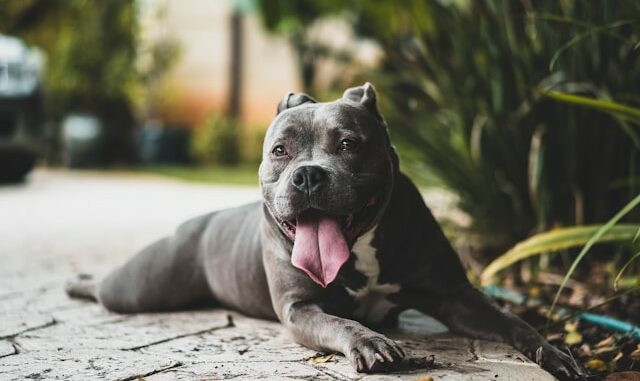
The Dog Owners’ Liability Act (DOLA) in Ontario enforces strict liability on dog owners. This means owners are financially responsible for injuries or damages caused by their dog’s bite or attack, regardless of breed or prior behavior. However, there are a few limited defenses available, with trespassing being one of the most complex. This article explores the intricacies of proving trespassing as a defense against a dog attack claim in Ontario.
The Burden of Proof: Upholding Strict Liability
The DOLA establishes a system of strict liability, meaning the onus lies with the dog owner to establish a defense. Here’s what the owner needs to disprove:
- Ownership: The owner must not have been the person in “care and control” of the dog at the moment of the attack.
- Attack: The owner can argue that there wasn’t an attack, but rather a non-injurious interaction.
Trespassing as a Defense: A Narrow Path
The DOLA offers a defense if the injured person was trespassing on private property with no lawful excuse at the time of the attack. This defense hinges on the owner’s ability to prove two key elements:
- The Property Was Private: The owner must establish that the location of the attack was indeed private property and not a public space (like a park) or somewhere the injured person had a legal right to be.
- The Injured Person Was Trespassing: This requires proving that the person entered the property without the owner’s permission and without a lawful reason.
The Challenge of Proving Trespassing: The Importance of Evidence
The success of a trespassing defense rests on strong evidence. Here’s what dog owners can do to build a case:
- Fencing and Signage: Photographs of fences or signage clearly marking the property as private can be crucial evidence.
- Witness Statements: If anyone witnessed the incident and can confirm the injured person’s presence on the property without permission, their written statements hold weight.
- Security Camera Footage: If security cameras captured the incident, footage showing the person entering the property without permission strengthens the defense.
- Property Records: Documentation confirming ownership of the property helps establish the private nature of the space.
Beyond Physical Evidence: Understanding Legal Nuances
Proving trespassing goes beyond just physical evidence. Here are some legal complexities to consider:
- Implied Permission: Even in the absence of explicit permission, some situations might imply a right to be on the property – a delivery person on the front porch or a child playing in a neighborhood with the tacit acceptance of residents. The owner would need to demonstrate the injured person lacked such implied permission.
- Knowledge of Trespassing: The owner doesn’t necessarily need to know the person was trespassing for the defense to apply. However, if the owner knew the person was on the property and didn’t take steps to remove them, the defense might be weakened.
- Children Trespassing: The law recognizes the impulsiveness of children. The owner might have a higher duty of care to prevent harm to trespassing children, potentially weakening the defense.
Consulting a Lawyer: Navigating the Legal Landscape
Dog attack cases with a trespassing defense can be intricate. A lawyer experienced in dog bite laws can assess the specific circumstances of your situation, advise you on the most appropriate defense strategy, and guide you through the legal process. They can help you navigate legal nuances and determine the strength of your trespassing defense.
Beyond Legal Battles: Prioritizing Responsible Dog Ownership
While legal defenses can provide some protection, responsible dog ownership is the ultimate deterrent to dog attacks. Here are some key points to remember:
- Secure Your Property: Ensure your property is properly fenced and has signage clearly marking it as private.
- Supervise Your Dog: Never leave your dog unattended outside, especially in an unfenced yard.
- Socialize Your Dog: Proper socialization from a young age helps your dog interact more calmly with strangers.
- Train Your Dog: Invest in obedience training for your dog to equip them with the skills to navigate situations calmly and respond to commands effectively.
Facing a Dog Attack Lawsuit? Understanding your options empowers you to build a defense strategy. However, preventing dog attacks through responsible ownership and proactive measures is the ultimate goal. Remember, a well-trained, socialized dog supervised on secure property creates a safer environment for everyone.
